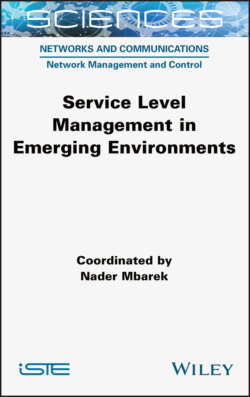Читать книгу Service Level Management in Emerging Environments - Nader Mbarek - Страница 18
1.3.2.1. E-health
ОглавлениеAn aging population requires monitoring of old people through a decentralized healthcare system based on a set of connected sensors. Each patient possesses a surveillance system that allows them to be monitored and surveilled without the need of visiting the medical center. The medical data collected in this way improve healthcare by customizing treatments and creating an easier everyday life for patients. Thus, automated systems can perform a major part of a doctor’s work (tests, diagnosis, prescriptions, behavior modification) by collecting and analyzing patient data both passively and actively. As a result, a comprehensive and rich database becomes available and can alert doctors to any need that arises, while also providing them with a general overview of the patient’s health up to that point. This application field of the IoT has attracted the attention of several international organizations that have attempted to standardize the technologies used in order to effectively respond to the requirements of this field (International Electrotechnical Commission 2017). International organizations aim to promote the use of e-health technologies around the world. The World Health Organization (WHO) and the Program for Appropriate Technology in Health (PATH) have entered into a partnership to accelerate the development of digital health around the world (World Health Organization 2018). This field of application has attracted a large number of industrial organizations that try to offer different products that would be useful for e-health. Indeed, Ericsson and its partners offer portable prototypes for the field of e-health with long battery lives (Ericsson 2018).
